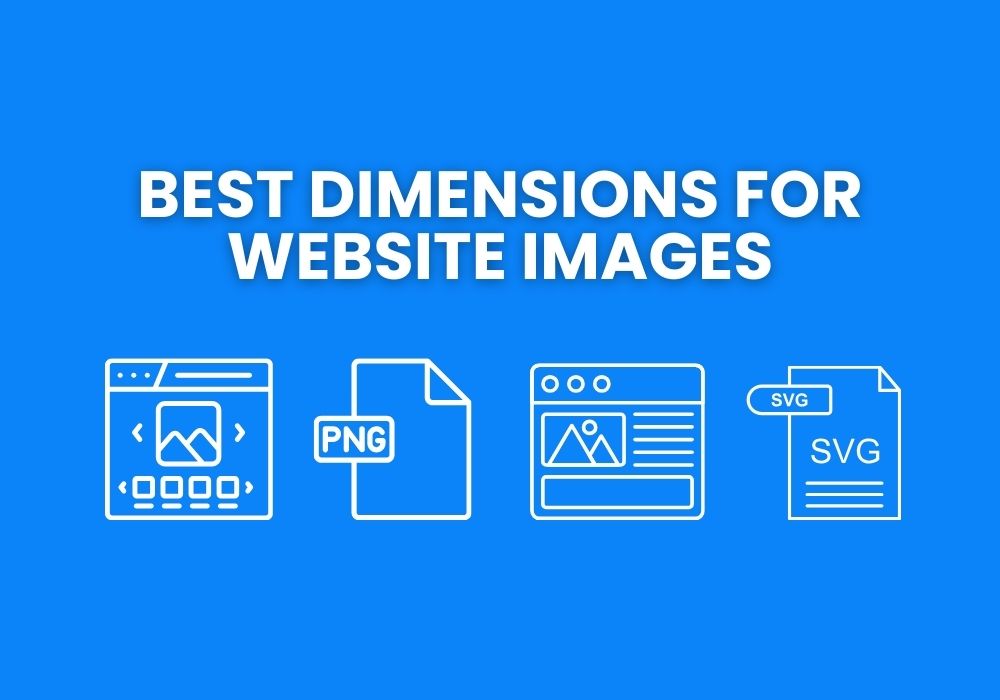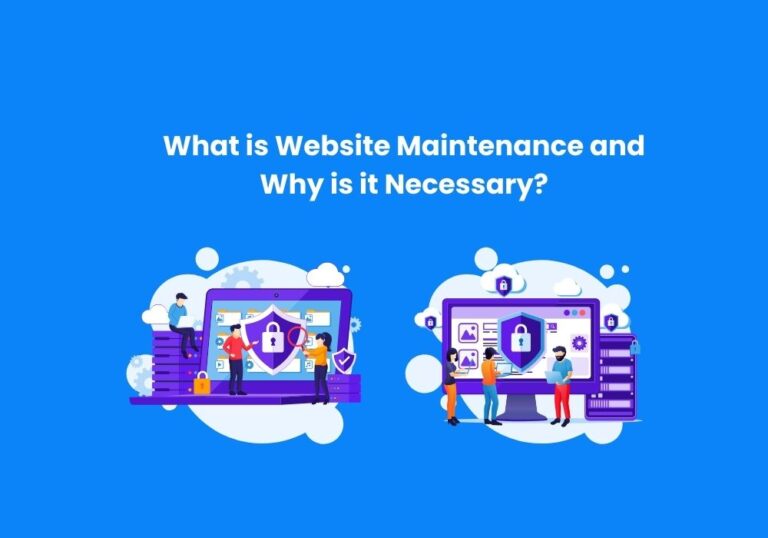Best Dimensions for Website Images: A Guide to Size and Success
Website images can make or break your site’s look and performance. The right dimensions create a more engaging and professional user experience, helping with SEO and ensuring the site loads quickly. This guide will break down ideal dimensions for various image types, best practices for optimization, and how to ensure your images work for both desktops and mobile devices.
Look at our previous post, The Most Popular Websites for Men in 2024, where we can help people looking for practical advice, inspiration, or simply a place to relax and enjoy content.
Why Image Dimensions Matter for website images

Choosing the right image dimensions impacts multiple aspects of a website, including:
- Page Speed: Large or improperly sized images can slow down a site, leading to higher bounce rates.
- User Experience: Properly sized images create a cohesive, attractive layout, improving readability.
- SEO Benefits: Search engines prefer faster-loading sites, and optimized images help with rankings.
Ideal Image Dimensions for Different Website Uses
Different image placements call for different dimensions. Here are some of the most common image types used on websites and their recommended dimensions:
Hero or Header Images
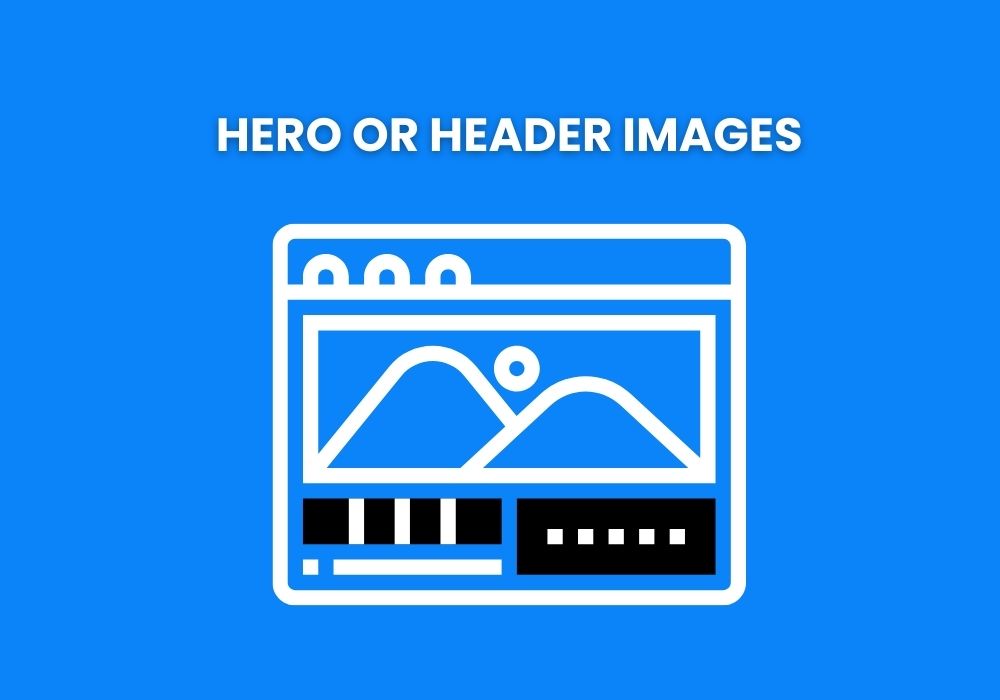
- Dimensions: 1920 x 1080 pixels or 1920 x 1280 pixels
- Purpose: Hero images stretch across the top of your homepage or landing pages, creating a strong first impression.
Tips: Use high-quality images and keep file size under 1 MB to ensure quick loading. Choose visuals that are simple yet impactful, avoiding text-heavy images.
Banner Images

- Dimensions: 1600 x 500 pixels
- Purpose: Banners are typically smaller than hero images and are often used for promotions, announcements, or guiding users to certain sections.
Tips: A clean design is essential; use bold, eye-catching colors and concise text.
Background Images
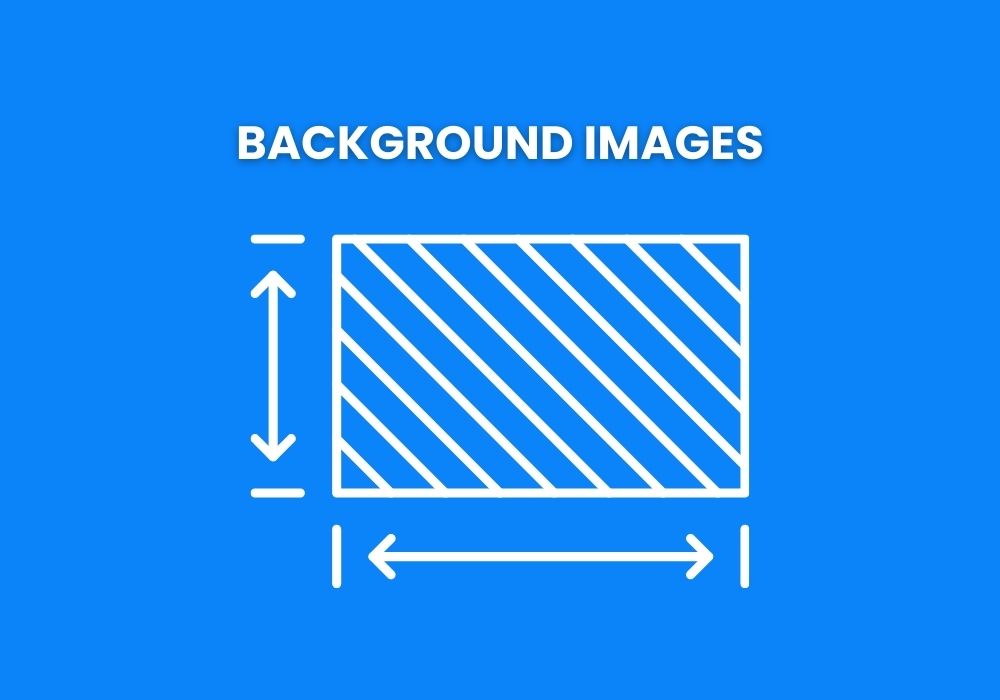
- Dimensions: 1920 x 1080 pixels
- Purpose: Background images add texture or atmosphere to sections, often behind text.
Tips: Keep background images subtle, with soft colors or blurred elements so they don’t interfere with the text.
Blog Post Featured Images

- Dimensions: 1200 x 628 pixels (aspect ratio: 1.91:1)
- Purpose: Featured images represent your blog post across your site and on social media.
Tips: Use an image that’s visually descriptive of your content. Follow social media size recommendations to ensure your image looks good when shared.
Product Images (for eCommerce)
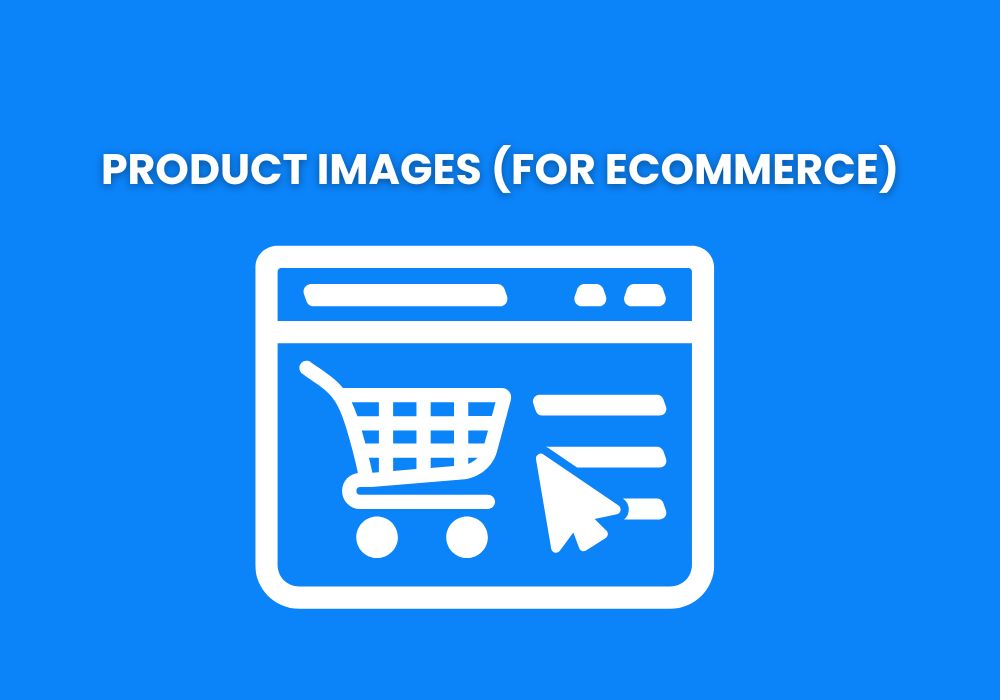
- Dimensions: 800 x 800 pixels or 1000 x 1000 pixels
- Purpose: Product images are typically square to fit on most eCommerce platforms.
Tips: Use multiple angles of each product, preferably with a neutral background to keep the focus on the item.
Thumbnail Images
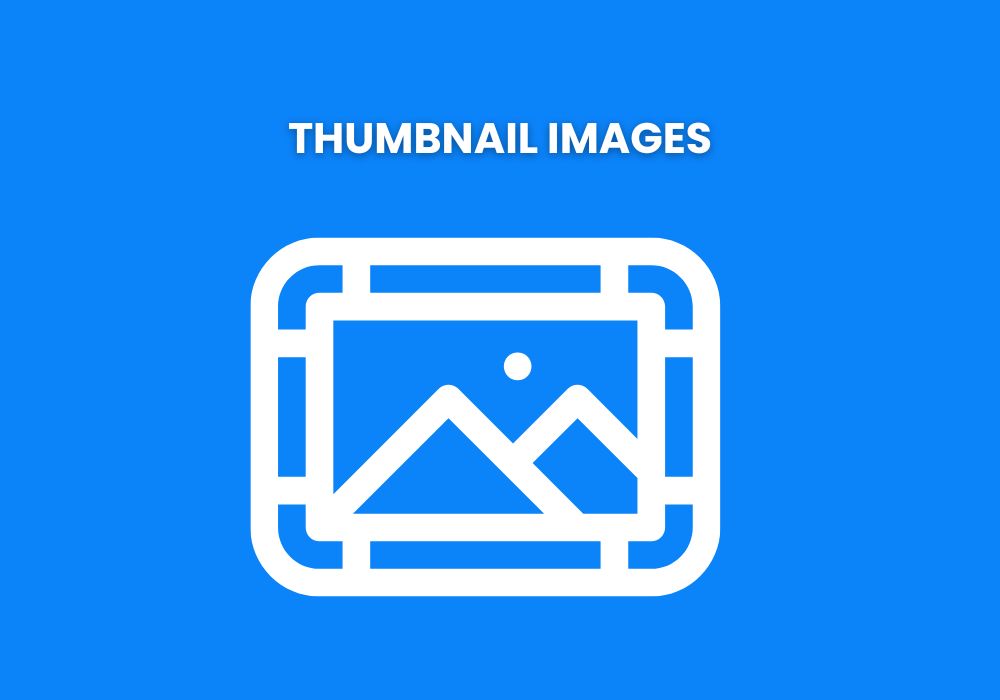
- Dimensions: 150 x 150 pixels
- Purpose: Thumbnails are previews for larger images in galleries or blog posts.
Tips: Consistent thumbnail sizing across your site makes it more organized and visually appealing.
Social Media Images

- Dimensions: 1080 x 1080 pixels for Instagram; 1200 x 630 pixels for Facebook
- Purpose: Blog images that will be shared on social media should follow platform guidelines for maximum impact.
Tips: Always remember social media sizes to avoid cropped or distorted images on these platforms.
Image Optimization Best Practices
Once you know the ideal dimensions, the next step is optimizing each image for maximum quality and performance.
Choose the Right File Format for Website Images
- JPEG: Ideal for high-resolution photos with lots of colors.
- PNG: Best for images that need transparency (like logos or icons).
- WebP: Offers high quality with smaller file sizes, making it great for website performance.
- SVG: Is a good choice for logos or icons because it scales without losing quality.
Compress Your Website Images
Use tools like TinyPNG, ImageOptim, or ShortPixel to reduce file size without losing quality. Smaller images load faster, especially for mobile users.
Set Up Responsive Website Images
HTML’s srcset attribute lets you serve different image versions for different screen sizes. This ensures mobile users see a mobile-friendly version without impacting desktop quality.
Lazy Load Website Images
Lazy loading delays image loading until they’re needed. This means images outside the initial view are only loaded when a user scrolls down, reducing initial load times.
Maintain Consistent Aspect Ratios
Use consistent aspect ratios for similar types of images (e.g., all product images), which prevents distortion and gives your site a uniform look.
Optimize Image Names and Alt Tags for SEO
Use descriptive file names (e.g., “sunset-beach.jpg” instead of “IMG_001.jpg”). This helps search engines understand the image content, which improves SEO. Alt tags should describe the image, not only for accessibility but for SEO benefits as well.
Testing and Adjusting Website Images Sizes

Once your images are set up, it’s important to test their impact on website performance.
- Use Page Speed Testing Tools: Google PageSpeed Insights, GTmetrix, and Pingdom are great tools to analyze your site’s performance and see if images are slowing it down.
- Check Responsiveness: Test on multiple devices (desktop, tablet, and mobile) to ensure images look good on all screens.
- Monitor File Size: If a page feels slow, double-check if any images are still too large or need additional compression.
Recommended Website Images Dimensions for Different Website Types
Different website types may have slightly different image requirements. Here’s a quick breakdown:
- eCommerce Sites: Use square images (800 x 800 or 1000 x 1000 pixels) for products to ensure consistency. Provide multiple angles, and compress images for fast loading.
- Blogs and News Sites: Featured images around 1200 x 628 pixels are ideal, with in-post images around 800 x 400 pixels to add visual interest.
- Portfolio Sites: Use high-quality images around 1920 pixels wide to showcase work, but compress them to avoid slow loading.
- Landing Pages: Choose hero images around 1920 x 1080 pixels. Background images should be subtle to avoid distracting from the primary content.
Conclusions
The right image dimensions can significantly enhance your website’s appearance and performance. By selecting optimal sizes, compressing files, and using responsive images, you’ll create a website that’s not only visually appealing but also loads quickly and keeps users engaged. Whether you’re managing an eCommerce store, a blog, or a portfolio, following these dimension guidelines will help you put your best digital foot forward.
With these tips, you’ll be well on your way to creating a beautiful, fast, and effective website that looks great across all devices!

